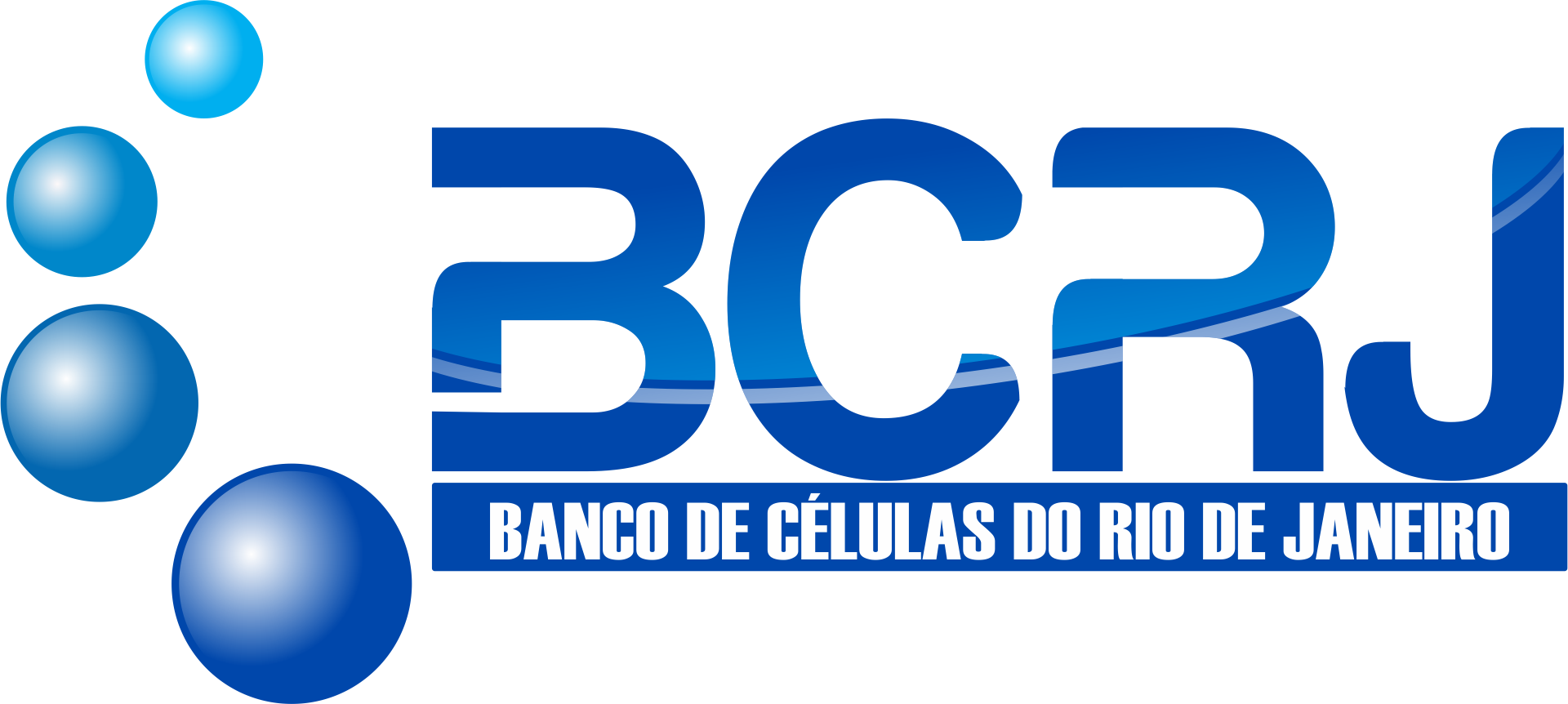| BCRJ Code | 0112 |
| Cell Line | HTC |
| Species | Rattus norvegicus |
| Vulgar Name | Rat; Buffalo Strain |
| Tissue | Liver |
| Morphology | Epithelial |
| Disease | Hepatoma |
| Growth Properties | Adherent |
| Sex | Male |
| Derivation | HTC (Hepatoma, Tissue Culture) cells were established from the ascites of the rat hepatoma Morris 7288C |
| Biosafety | 1 |
| Addtional Info | The original hepatoma was induced by chemical carcinogem in male Buffalo strain inbred rat. It was subsequently converted to the ascites form, and HTC line was cultured directly from ascitic fluid. These cells are useful in studyingboth liver and general cellular processes. They have been specially used for studies of steroid hormonal effect on enzyme induction and general metabolism, cholesterol synthesis and growth control. |
| Culture Medium | Dulbecco's Modified Eagle's Medium (DMEM) with 1% non-essential amino acids, 2 mM L-glutamine, 1 mM sodium pyruvate, 1.0 g/L glucose and 10% of fetal bovine serum. |
| Subculturing | Remove and discard culture medium. Briefly rinse the cell layer with PBS without calcium and magnesium to remove all traces of serum that contains trypsin inhibitor. Add 2.0 to 3.0 mL of Trypsin-EDTA solution to flask and observe cells under an inverted microscope until cell layer is dispersed (usually within 5 to 15 minutes). Note: To avoid clumping do not agitate the cells by hitting or shaking the flask while waiting for the cells to detach. Cells that are difficult to detach may be placed at 37°C to facilitate dispersal. Add 6.0 to 8.0 mL of complete growth medium and aspirate cells by gently pipetting. Add appropriate aliquots of the cell suspension to new culture vessels. Incubate cultures at 37°C. NOTE: For more information on enzymatic dissociation and subculturing of cell lines consult Chapter 12 in Culture of Animal Cells, a manual of Basic Technique by R. Ian Freshney, 6th edition, published by Alan R. Liss, N.Y., 2010. |
| Subculturing Medium Renewal | 2 to 3 times per week |
| Culture Conditions | Atmosphere: air, 95%; carbon dioxide (CO2), 5% Temperature: 37°C |
| Cryopreservation | 95% FBS + 5% DMSO (Dimethyl sulfoxide) |
| Thawing Frozen Cells | SAFETY PRECAUTION:
It is strongly recommended to always wear protective gloves, clothing, and a full-face mask when handling frozen vials. Some vials may leak when submerged in liquid nitrogen, allowing nitrogen to slowly enter the vial. Upon thawing, the conversion of liquid nitrogen back to its gas phase may cause the vial to explode or eject its cap with significant force, creating flying debris.
NOTE: It is important to avoid excessive alkalinity of the medium during cell recovery. To minimize this risk, it is recommended to place the culture vessel containing the growth medium in the incubator for at least 15 minutes before adding the vial contents. This allows the medium to stabilize at its normal pH (7.0 to 7.6). |
| References | Advan Cancer Res 1965;9:227; Proc Natl Acad Sci, USA 1966;56:296 |
| Depositors | Lydie Tichonicky, Institut De Pathologie Moleculaire, Inserm, Paris, France. |
| Cellosaurus | CVCL_3382 |



